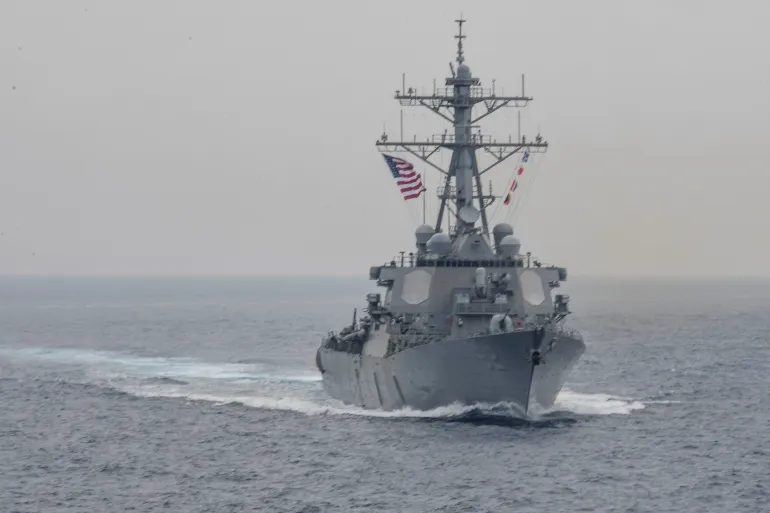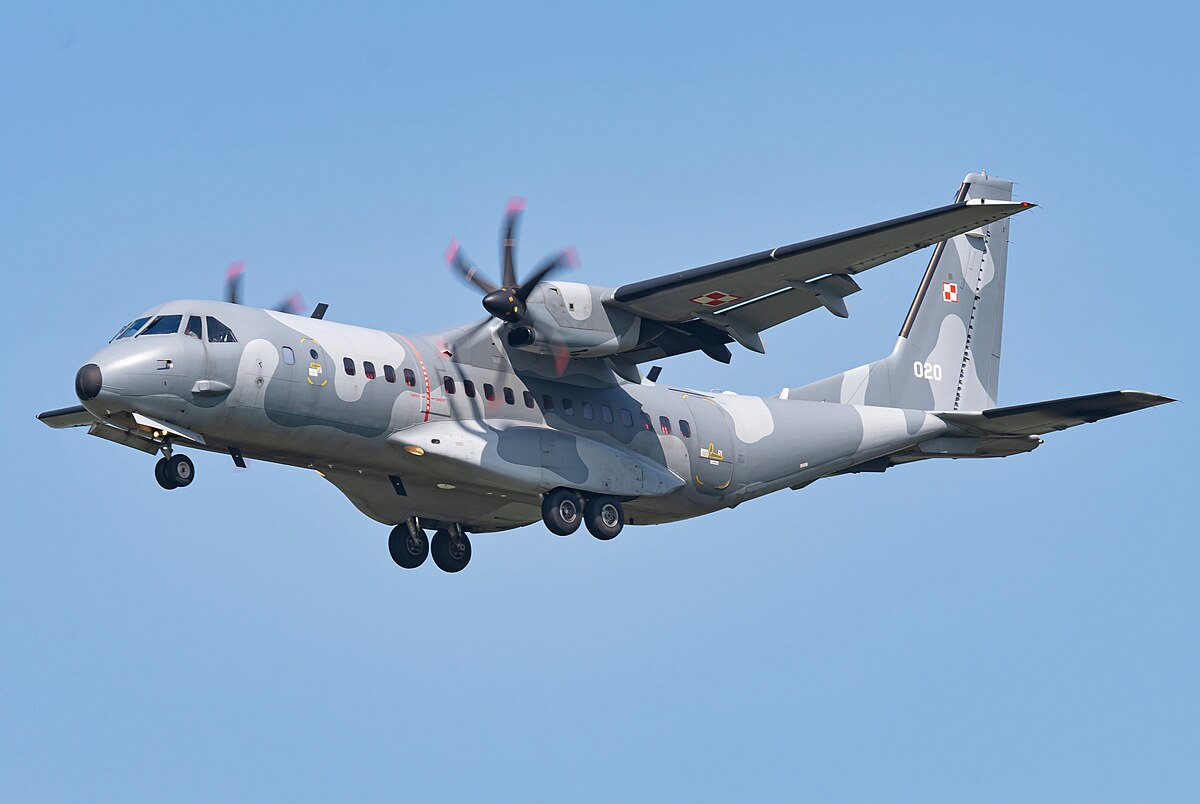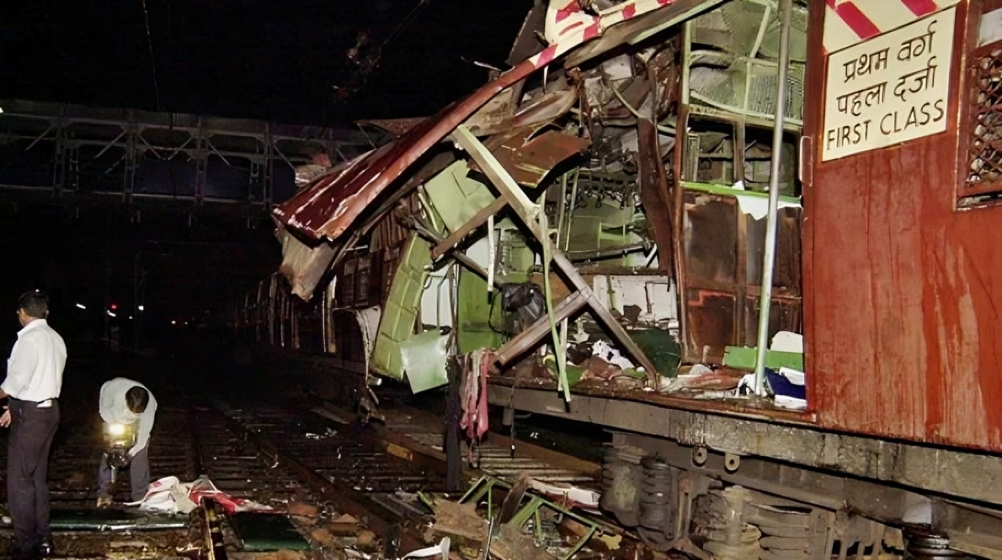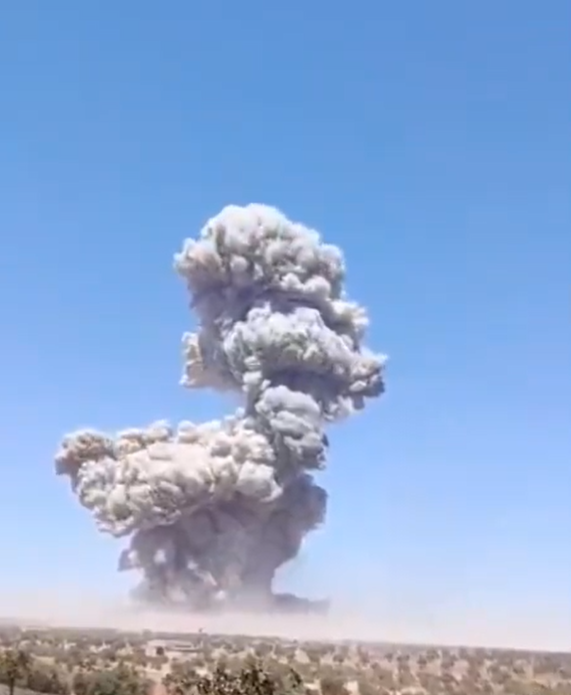Iranian Helicopter Confronts US Warship Near Gulf of Oman in Tense Encounter
A tense maritime encounter unfolded on Wednesday as an Iranian military helicopter confronted a United States Navy destroyer, USS Fitzgerald,…
Air Force, Navy, and Coast Guard to Induct 15 Airbus C-295 Aircraft by 2025
The Indian Air Force, Navy, and Coast Guard are set to significantly boost their tactical transport capabilities with the planned…
Over 1 Lakh Vacancies in Paramilitary Forces; Recruitment Drive Underway, Nityanand Rai Tells Rajya Sabha
The Central Armed Police Forces (CAPFs) and Assam Rifles are facing over 1.09 lakh personnel shortages across various ranks, Union…
Supreme Court Bars Use of Mumbai Blasts Acquittal as Precedent in Ongoing MCOCA Trials
The Supreme Court on Thursday stayed the use of the Bombay High Court's acquittal of all 12 convicts in the…
Explosion Rocks Syria’s Idlib City, Casualties Reported
A powerful explosion shook the northwestern Syrian city of Idlib on Thursday, resulting in several casualties, according to state-run Al…
Russian Plane Crash Kills All 49 Onboard After Failed Second Landing Attempt in Tynda
A tragic aviation accident in Russia’s Far East has claimed the lives of all 49 people onboard a passenger aircraft…






